DURING THE LAST THREE months of 2017, Qantas passengers may have discovered a second inflight magazine in their seat pockets, published entirely in simplified Chinese. Aimed at high-spending travellers, the special edition included a list of Australia’s seven most ‘extreme-luxe’ experiences and a sampling of specialised itineraries (such as food and wine and the outback). This special edition was the third of its kind since late 2016 and was also distributed to select five-star and boutique hotels in Sydney, Melbourne, and Adelaide. The pitch to advertisers noted that Chinese travellers spend eighty per cent of their luxury dollars overseas.
Chinese citizens take about 122 million trips abroad each year, including to Hong Kong and Macao. That number is growing. They already splurge more on overseas travel than citizens of the United States — a sum expected to double within three years to US$422 billion.14 The two million Chinese visitors to Paris in 2016 alone dropped one billion euros into French coffers. After the Eiffel Tower, Chinese tourists tend to head straight for the luxurious department store Galeries Lafayette, which has now opened a dedicated annex with Mandarin-speaking sales staff: the 4,200 square-metre Shopping and Welcome Center. Galeries Lafayette even accepts WeChat Pay; its rival Printemps has been taking Alipay since last November. Marriott hotels plan to accept Alipay. UnionPay is now just about everywhere — France is one of 160 countries and regions worldwide where shops and ATMs accept China’s answer to Visa and Mastercard.
The Hurun Report’s The Chinese Luxury Traveller 2017 says that the average Chinese traveller shells out about US$3,000 for an overseas trip. That is less than what the typical Chinese luxury traveller lavishes on just five days of accommodation. The uber-luxe Aman resorts now rank among wealthy Chinese travellers’ top-ten favourite places to stay.
According to Hurun, the average luxury traveller from China dedicates about twenty-two per cent of the ‘family consumption budget’ to travel — or about 380,000 yuan (nearly US$57,000), of which about 220,000 yuan (nearly US$33,000) goes to shopping. The Jing Daily reported that when the British artists Jake and Dinos Chapman collaborated with Luis Vuitton to produce limited-edition items for the brand’s 2017 spring/summer menswear collection, they sold out in Paris within days, mostly snapped up by young Chinese. The Jing Daily also quotes the store manager at Chanel Beauty on the Champs-Elysées as saying ‘Young Chinese customers often ask me how many products we have left in a particular style. If it’s the last one, they buy it immediately.’
Yet trends are changing fast. Just a year ago two-thirds of Chinese travellers surveyed by Hotels.com and global market research firm Ipsos cited shopping as their main reason for travelling. This year, only one-third said they travelled mainly to shop, with fine dining and experiences now topping their list of priorities. Wealthy Chinese travellers prefer independent, customised itineraries to group travel. And, according to The Hurun Report, they are adventurous, too. Up to one out of three tourists to the Arctic and Antarctic are likely to be Chinese, with such trips costing somewhere between US$29,000 and US$120,000. Chinese interest in upmarket cruising is also growing, with industry predictions that by 2030, the Chinese market for cruises will be the biggest in the world. In 2017, both the Norwegian Cruise Line and Princess Cruises custom-built new ships with Chinese tourists in mind.
However, one luxury travel trend looks like it might be on the downswing: the ‘propiday’ 房产假期 (property-buying holiday). The Chinese government’s latest restrictions on capital outflow and debt threaten to take the shine off what Australia’s real estate agents call the industry’s ‘golden weeks’: the Chinese Lunar New Year and National Day holidays. Meanwhile, new rules introduced as part of a crackdown on money laundering require Chinese banks to report any overseas transactions exceeding US$150 a day. That does not even buy a tiny bottle of Chanel No. 5.
Notes
Chinese Travelers Are Changing Their Travel Behavior’, travel-review.com, 22 May 2017, online at http://www.tourism-review.com/chinese-travelers-explore-the-world-news5412
Juliette Duveau and Sophia Dumenil, ‘Here’s What’s Inside the Chinese Millennial’s Paris Shopping Bag’, Jing Daily, 27 July 2017, online at https://jingdaily.com/chinese-millennials-paris-shopping-bag/
Tom Hancock, ‘Shopping no longer the priority for Chinese tourists’, Financial Times, 1 August 2017, online at https://www.ft.com/content/f34c4116-710e-11e7-aca6-c6bd07df1a3c
Pavel Toropov, ‘Ultimate adventure: wealthy Chinese tourists do the North Pole’, South China Morning Post, 21 May 2017, online at http://www.scmp.com/lifestyle/travel-leisure/article/2094795/ultimate-adventure-wealthy-chinese-tourists-do-north-pole



